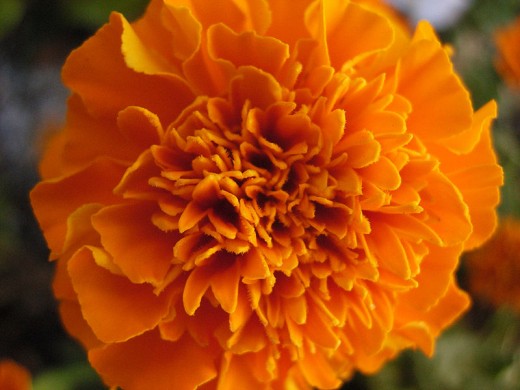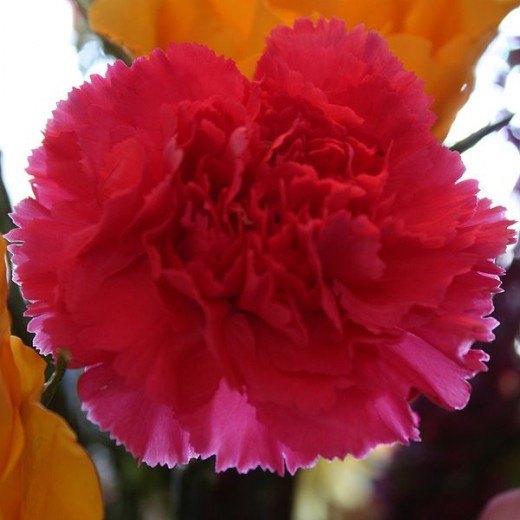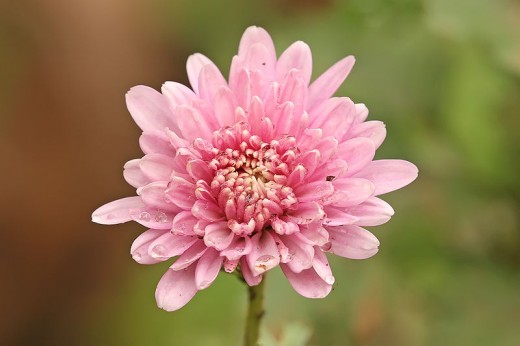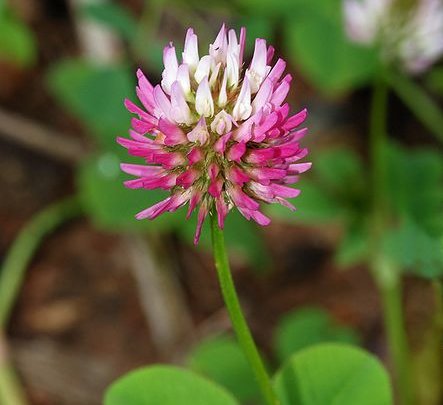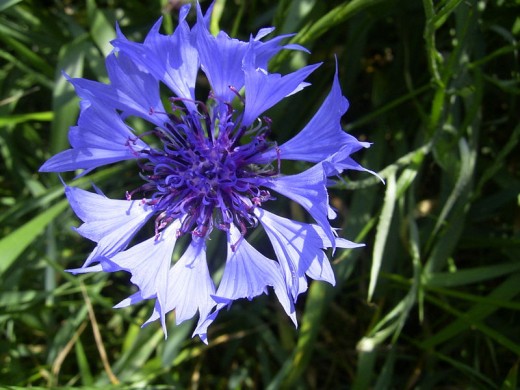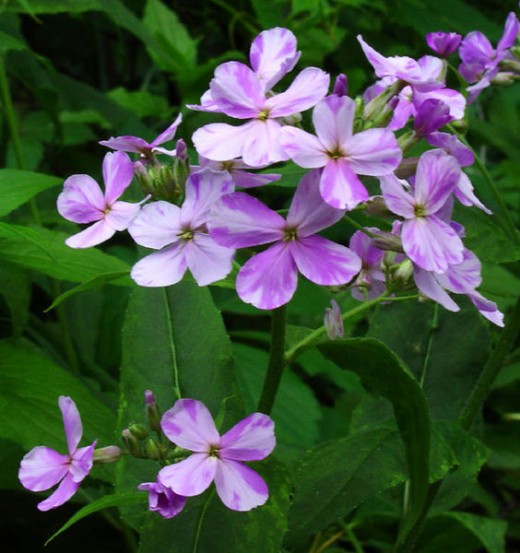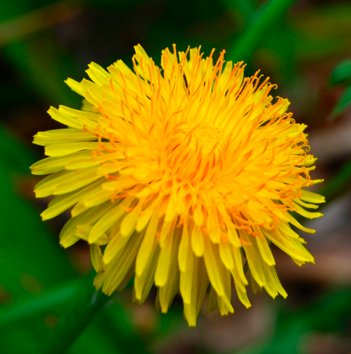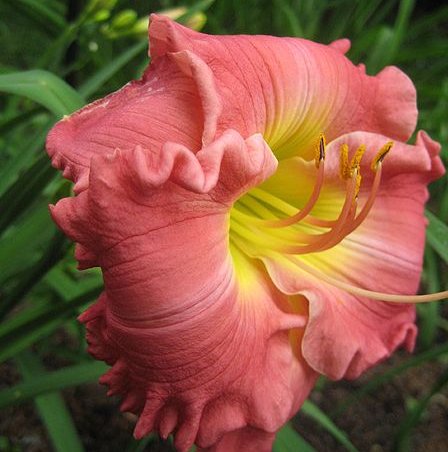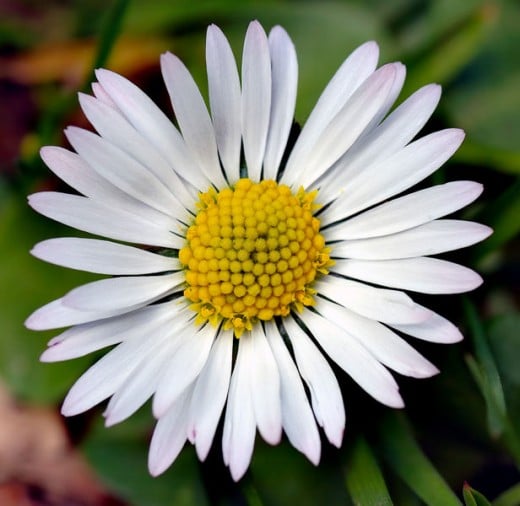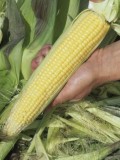Edible Flowers - Part 1
Garden Flowers
Just because a flower is pretty doesn't necessarily mean that you can eat it. But there are some notable exceptions.
In this first part (one of four) we will cover some common flowers grown in many gardens, how they can be eaten, a general idea of their taste, and when it's best to pick them.
Important! You should never eat florist supplied flowers. They are often treated with insecticides and preservatives. Ingesting these chemicals can make you quite ill. For that reason it's best to either get your edible flowers from a reliable source or grow them yourself.
Now that we have the important bits out of the way, the following is the best way to choose your flowers for food.
- Pick your flowers in the morning just after they've opened or just as the sun has come up.
- Examine your flowers for cuts, blemishes, or signs of insect activity. Reject less than perfect flowers.
- Pick your flowers as close to the day you intend to use them as possible. The same day is best.
- Just prior to using flowers or petals in salad dunk them in ice water to freshen them.
"What is a weed? A plant whose virtues have yet to be discovered."
- Ralph Waldo Emerson"There came a time when the risk to remain tight in the bud was more painful than the risk it took to blossom."
- Anais Nin









The Lineup
Calendula (Marigold) A.K.A. Pot Marigold: First, this is a very good companion plant when growing potatoes, tomatoes, eggplant, or pepper. Certain moth species larvae and nematodes will be attracted to the Marigold and leave the others alone.
Calendula are easy to grow being hardy in most soils. They prefer sunny locations in well-drained soil.
The petals of the flower are edible and make a nice addition to salads. Petal flavors range from spicy to bitter, tangy to peppery. The flavor has been compared to saffron.
The extract from this flower is used as a colorant and fed to chickens to darken egg yolks. The seed oil is a common ingredient in soap.
Carnation A.K.A. Dianthus: Have surprisingly sweet petals when cut away from the bitter base of the flower. They can be used to flavor wine (by steeping), as an additive in candy, and a flavoring in salads.
Chartreuse, a French desert liquer, uses the carnation petals as a flavoring.
Chrysanthemum (Chrysanthemum coronarium): These petals range in flavor from mildly peppery to that of cauliflower. Petals should always be cut away from the flower base. Blanching them in hot water changes the flavor profile slightly.
Clover A.K.A. Trifolium: Has a sweet licorice flavor. Slight blanching may prevent a problem digesting this flower.
Cornflower (Centaurea cynaus): Has a sweet to spicy licorice flavor.
Dame's Rocket (Hesperis matronalis): This flower is a member of the mustard family and for that reason the petals can be quite bitter. However, the pastel lavender color makes a stunning addition to a salad. You can also eat the leaves (if the plant has not yet flowered) as well as the sprouted seeds.
Dandelions: When the flowers are picked young this flavor is described as "honey-like." If the flowers are too mature they will be bitter. Dandelion buds are actually sweeter than the bloomed flower. The petals of the young flower or bud are good raw or steamed. One can also steam the leaves of a young dandelion as an addition to salad.
Historical uses of Dandelion can be deduced by it's scientific name. Taraxacum officinale, in Latin, is from "taraxos” meaning "disorder”, and "akos”, meaning "remedy." Of course officinale means official. So the plant's actual name is Official disorder remedy.
Daylilly: Use the petals only as the base of the flower is quite bitter. The young shoots of a freshly sprouted Daylilly can also be used as an asparagus substitute. Make sure you are using the Daylilly. Other lilies are toxic. Finally, daylilies can act as diuretic or laxative so use sparingly.
English Daisy: This flower has a slightly bitter taste and are used mainly for its looks.
Preparing Flowers for Food
First, and this is very important, know where the flowers came from. You DO NOT want to try to eat floral arraignments. Florists routinely treat their flowers with both insecticides and preservatives to ward off infestation and extend the life of the flower.
You don't want to eat these!
Rather you should grow the flowers yourself or get them from someone you know and trust.
Second, try to avoid ingesting a lot of flowers all at once. This could make you quite ill as any sudden change in diet could cause gastric distress.
Preparing the Flower as Food
- If gathering the flowers from your garden snip off about one inch of stem just below the head of the flower itself. This will give you something to hang on to as you wash it.
- Once gathered turn the flower upside down (preferably while outside) to shake out any "visitors." A bee or other bug will not add the right flavor notes to your dish.
- Once inside run some cold water into a bowl and, with the flower side down, rinse the blossom in the water by immersing it and gently agitating it in the water. As each blossom is cleaned set it on a paper or cloth towel. This is the extent of the cleaning.
- Once you've got your flowers cleaned wrap them gently in a paper towel, put the towel wrapped flowers in a plastic bag, seal it, and put the bag in the vegetable crisper. With any luck they'll last about a week.
Merigold Pesto
Ingredients
- 1/4 cup Mexican mint marigold (or tarragon), packed
- 2 cloves minced garlic
- 1 tablespoon grated Parmesan
- 2 tablespoons chopped pecans
- 1/4 cup chicken stock or water
- 2 tablespoons extra-virgin olive oil
- 1/2 teaspoon salt
- 1/4 teaspoon pepper
Directions
- Combine all ingredients (but the oil) in a food processor or blender and puree.
- Slowly add the oil while the machine is running until all the oil is incorporated.
- Let sit for one hour then refrigerate in a covered container
- Pesto will keep for one week.
This pesto works well on meats, potatoes, and as a bread spread.
Carnation Syrup
Ingredients
- 1 lb carnation flowers
- 1 1/2 pint boiling water
- 2 lbs sugar
Directions
- Wash the flowers and remove the outer husk, stem, and heel. e.g. you should end up with just the petals.
- Add to the 1 1/2 pint of boiling water.
- Once at the boil again reduce to a simmer and cook for 1/2 hour
- Turn off the heat and let sit for 12 hours
- Strain off and keep the liquid; removing the petals
- Add the two pounds of sugar to the remaining liquid
- Return to a boil and cook, uncovered, until you have reduced to a syrup.
- Can be used in tea or over vanilla ice-cream.
Chrysanthemum Tea
Make as you would any dried whole leaf tea. Quite soothing as it is or with sugar or honey added. Many Chinese cuisine establishments offer chrysanthemum tea.
Red Clover Tea
Ingredients
- 1 Cup dried red clover flowers
Directions
- Place the clover in a quart jar. A mason jar is best as it should be sealed.
- Boil one quart of water.
- Once at the boil, turn off the heat and pour the water over the dried clover.
- Immediately place a lid on the jar or container.
- Let the clover steep for eight hours or overnight.
- Strain the flowers from the tea or leave them in to continue steeping as the tea is consumed.
- One Tablespoon of honey is a nice addition.
Dandelion Salad
Ingredients
- 1 bunch dandelion greens, washed, drained and trimmed
- 3 green onions, both the bulb and stem, chopped
- 1 handful fresh dill
- 1/4 cup extra-virgin olive oil
- 1/2 lemon, juiced
- Kosher salt and freshly ground black pepper
Directions
- Place all of the above in a large bowl, toss, and serve.
Daylily Sauté
Ingredients
- 1 Dozen daylily
buds
- 1/2 Cup flour
- 1/4 Cup olive oil
- 1 Tablespoon milk
- 3 eggs
- 1 dash of
nutmeg
- salt and pepper
- 1 clove garlic, finely minced
Directions
- Cut the base off the buds.
- Sauté the garlic in a small amount of
olive oil.
- Beat eggs and mix enough flower to make a thin
batter.
- Add to this the sautéed garlic, 1/8 teaspoon each of salt and pepper, and the dash of nutmeg.
- Add a teaspoon of milk if the batter
is too
thick.
- Dip the buds in the batter and sauté until a golden brown consistency.
Serve immediately.
Disclaimer
The flowering plants listed above are known to be edible. However, no one can be totally certain of a complete lack of allergies or not be susceptible to developing allergies where none existed before.
For that reason and others mentioned above the author can take no responsibly for the recommendations or recipes above. Though the author has tried these and had no adverse reactions that does not mean the reader will have the same luck.
With anything new, caution should always be taken.

